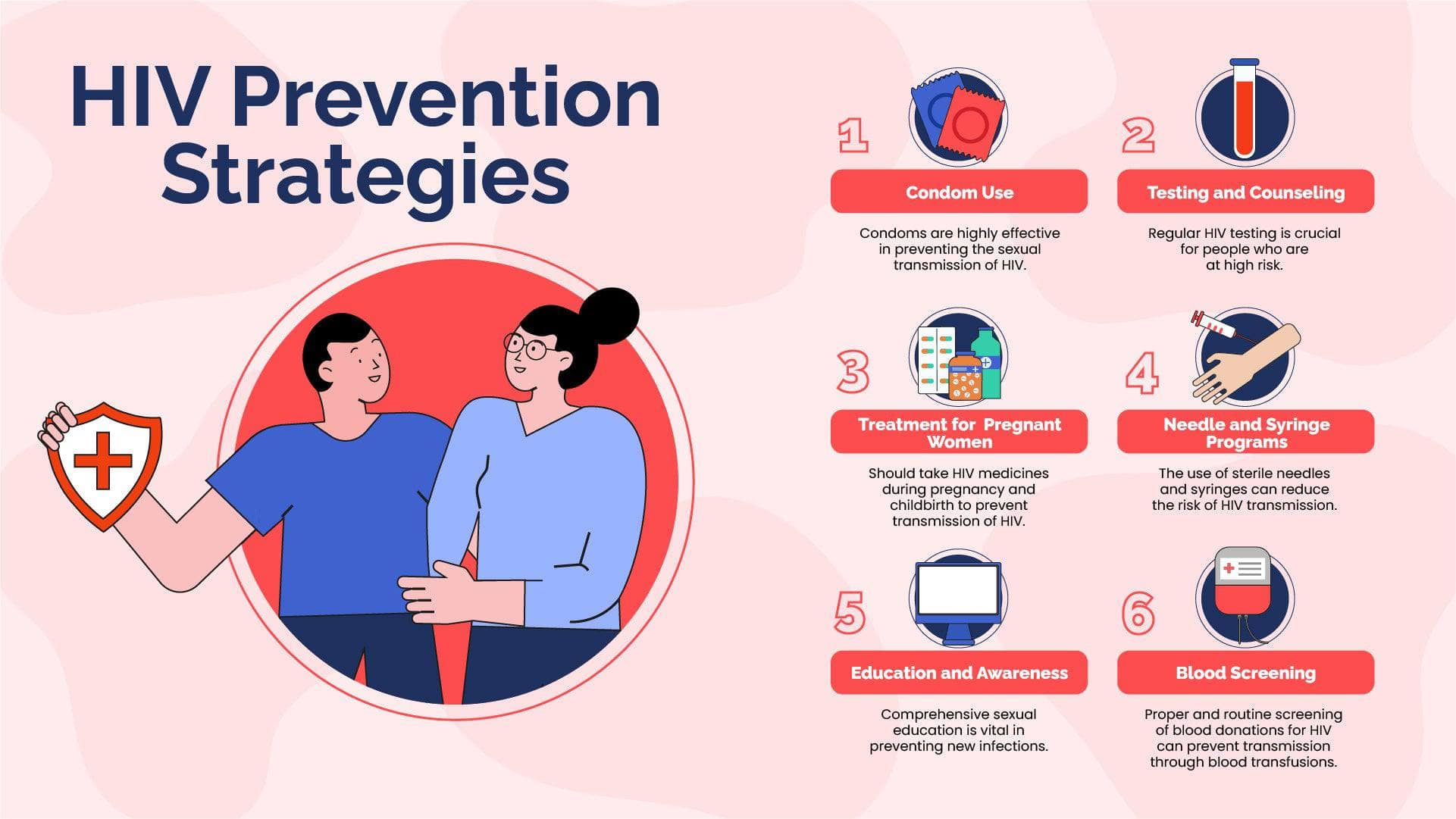Introduction
Human Immunodeficiency Virus (HIV) is one of the most researched and discussed health conditions worldwide. Despite decades of awareness campaigns and medical advancements, many misconceptions still exist. Understanding HIV is essential not only for those living with the virus but also for anyone seeking to protect themselves and others.
In this guide, we’ll explore what HIV is, how it spreads, its symptoms, treatment options, and prevention strategies. Drawing on reliable sources such as the World Health Organization (WHO) and Centers for Disease Control and Prevention (CDC), this article provides accurate, up-to-date, and practical information to help readers make informed decisions about their health.
What Is HIV?
HIV (Human Immunodeficiency Virus) is a virus that attacks the body’s immune system, specifically CD4 cells (T cells). These cells play a vital role in fighting infections. Over time, if untreated, HIV reduces the number of CD4 cells, making individuals more vulnerable to infections and certain cancers.
If left unmanaged, HIV can progress to AIDS (Acquired Immunodeficiency Syndrome), which is the most advanced stage of the infection. However, thanks to modern medicine, most people with HIV can live long, healthy lives with proper treatment.
How HIV Spreads
Understanding transmission is key to prevention. HIV spreads through specific body fluids:
-
Blood
-
Semen
-
Pre-seminal fluids
-
Rectal fluids
-
Vaginal fluids
-
Breast milk
Common Modes of Transmission
-
Unprotected sexual contact (anal, vaginal, or oral sex) with an HIV-positive person.
-
Sharing needles or syringes, often linked to drug use.
-
Mother-to-child transmission during pregnancy, childbirth, or breastfeeding.
-
Blood transfusions or organ transplants in rare cases (though screening has made this extremely rare in developed countries).
Myths About HIV Transmission
HIV cannot spread through:
-
Casual contact (hugging, shaking hands, sharing food).
-
Air or water.
-
Mosquitoes or insect bites.
-
Using the same toilet or shower.
Expert Insight: According to the CDC, HIV requires direct exchange of specific body fluids. Everyday contact does not pose a risk.
Early Signs and Symptoms of HIV
HIV symptoms vary depending on the stage of infection.
Acute HIV Infection (2–4 Weeks After Exposure)
-
Flu-like symptoms such as fever, sore throat, swollen lymph nodes.
-
Rash and muscle aches.
-
Headaches and fatigue.
These early symptoms may last a few weeks and are often mistaken for other illnesses.
Chronic HIV Infection (Clinical Latency Stage)
-
Fewer or no symptoms.
-
The virus is still active but reproduces at low levels.
-
Without treatment, this stage can last up to 10 years.
AIDS (Advanced Stage)
-
Rapid weight loss.
-
Frequent fevers and night sweats.
-
Chronic diarrhea.
-
Skin blotches or unusual infections.
-
Neurological issues like memory loss or depression.
Diagnosing HIV
The only way to know if someone has HIV is through testing.
Types of HIV Tests
-
Antibody Tests – Detect antibodies produced by the body.
-
Antigen/Antibody Combination Tests (4th Generation) – Detect both antibodies and p24 antigen; can identify infection earlier.
-
Nucleic Acid Tests (NATs) – Detect HIV in the blood directly, usually used for high-risk or early detection cases.
Tip: Regular testing is crucial for early diagnosis. WHO recommends testing at least once a year if you are at increased risk.
Treatment for HIV
While there is no cure for HIV, treatment has advanced significantly. People with HIV can lead long, healthy lives thanks to antiretroviral therapy (ART).
Antiretroviral Therapy (ART)
-
ART involves taking a combination of HIV medicines daily.
-
It prevents HIV from multiplying, reducing the viral load.
-
The goal is to achieve an undetectable viral load, meaning the virus is controlled so well that it cannot be detected by standard tests.
Benefits of ART
-
Protects the immune system.
-
Reduces the risk of transmitting HIV to others.
-
Allows people with HIV to live nearly as long as those without HIV.
U=U (Undetectable = Untransmittable): According to multiple global studies, people who maintain an undetectable viral load cannot sexually transmit HIV.
Preventing HIV
Prevention remains the cornerstone of reducing HIV infections worldwide.
Key Prevention Strategies
-
Safe Sex Practices
-
Use condoms correctly and consistently.
-
Reduce the number of sexual partners.
-
-
Pre-Exposure Prophylaxis (PrEP)
-
A daily pill for HIV-negative individuals at high risk.
-
Reduces risk of infection by up to 99% when taken correctly.
-
-
Post-Exposure Prophylaxis (PEP)
-
Emergency medication taken within 72 hours after possible exposure.
-
-
Needle Exchange Programs
-
Provide sterile needles to reduce transmission among drug users.
-
-
Mother-to-Child Prevention
-
HIV-positive mothers can take ART during pregnancy and avoid breastfeeding to reduce transmission risk.
-
Living with HIV
HIV is no longer a death sentence. With proper care:
-
People can work, study, and maintain relationships.
-
Support networks and counseling improve mental health.
-
A healthy diet, exercise, and avoiding alcohol or drug abuse enhance quality of life.
Combating Stigma
Unfortunately, stigma remains a major barrier. Education, open conversations, and support can help create more inclusive environments for people living with HIV.
Global Impact of HIV
-
According to UNAIDS, nearly 39 million people worldwide were living with HIV in 2022.
-
Sub-Saharan Africa remains the most affected region.
-
Progress has been made, but challenges persist, especially in ensuring treatment access in low-income countries.
Reliable Resources for HIV Information
-
World Health Organization – HIV/AIDS
-
Centers for Disease Control and Prevention – HIV Basics
Conclusion
HIV is a serious condition, but it is also one of the most manageable chronic illnesses with today’s medicine. With early testing, consistent treatment, and preventive measures, individuals can live full, healthy lives while reducing the spread of the virus.
Education and awareness remain powerful tools in the fight against HIV. By promoting accurate information, reducing stigma, and supporting those affected, society can continue making progress toward ending the global HIV epidemic.

